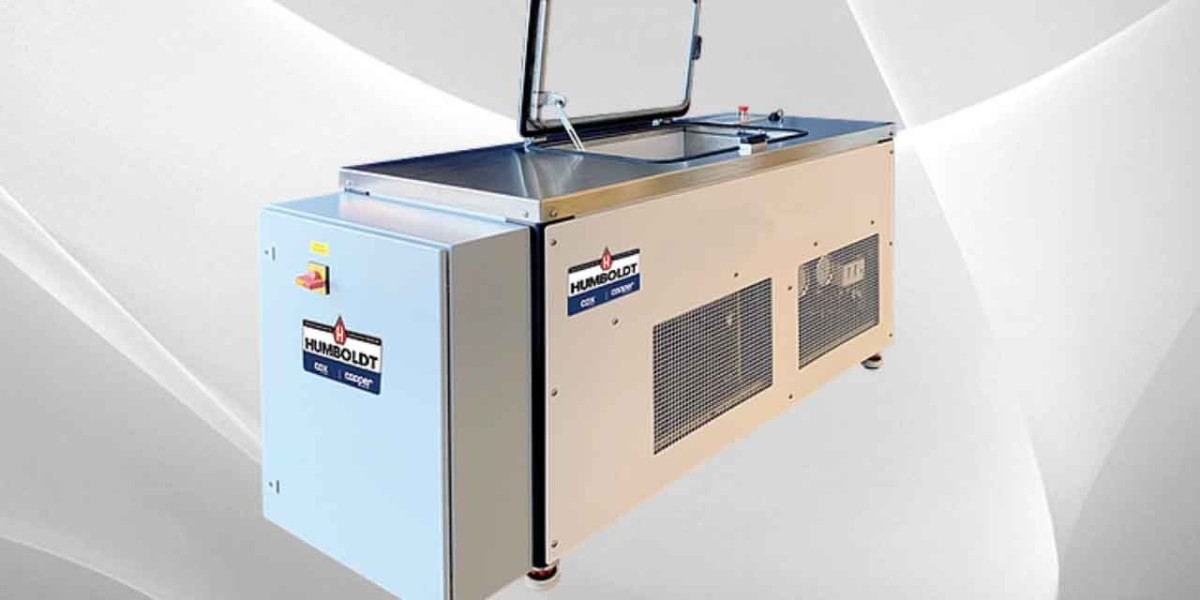Material handling equipment is an essential component of modern logistics and manufacturing operations. It encompasses a broad range of tools and machines designed to move, store, control, and protect materials throughout the manufacturing, warehousing, distribution, consumption, and disposal stages. Understanding the various types of material handling equipment and their applications is crucial for optimizing efficiency and productivity in any industrial setting.
Forklifts: The Backbone of Material Handling
Forklifts are perhaps the most recognizable type of material handling equipment. They are used to lift and transport heavy loads over short distances, making them indispensable in warehouses and manufacturing facilities. Forklifts come in various types, including electric, diesel, and LPG-powered models. Electric forklifts are ideal for indoor use due to their quiet operation and low emissions, while diesel and LPG models are suited for outdoor use, offering greater power and durability.
Forklifts can be equipped with different attachments to handle various types of loads, such as pallet forks, side shifters, and rotators. These attachments increase the versatility of forklifts, allowing them to perform specialized tasks such as lifting oversized or irregularly shaped items.
Conveyors: Efficient Transport Systems
Conveyors are another critical type of material handling equipment, designed to move materials from one point to another within a facility. They are particularly useful for handling bulk materials or transporting items over long distances. Conveyor systems come in several varieties, including belt conveyors, roller conveyors, and screw conveyors.
Belt conveyors are widely used for transporting goods and materials smoothly and consistently along a belt. They are ideal for handling loose or bulk materials and are often found in industries such as mining, food processing, and packaging.
Roller conveyors are designed for the movement of heavier items, utilizing a series of rollers to facilitate the transport of goods. They are commonly used in warehouses and distribution centers for sorting and moving packages.
Screw conveyors use a helical screw blade to move materials along a trough. They are especially effective for transporting granular or powdery substances and are frequently used in agriculture and chemical industries.
Cranes: Heavy Lifting and Precision
Cranes are specialized material handling equipment used for lifting and moving heavy loads vertically and horizontally. They come in various types, including overhead cranes, jib cranes, and gantry cranes.
Overhead cranes, also known as bridge cranes, are installed on tracks running along the length of a building. They are ideal for lifting and transporting heavy loads within a confined space, such as in manufacturing plants or warehouses.
Jib cranes have a horizontal arm that extends from a vertical mast, allowing them to lift and move materials within a specific radius. They are commonly used in smaller workspaces or as supplementary equipment in manufacturing and assembly operations.
Gantry cranes are similar to overhead cranes but are mounted on wheels or tracks, allowing them to move across a large area. They are often used in outdoor settings or for large-scale construction projects.
Pallet Jacks: Simple Yet Effective
Pallet jacks, also known as pallet trucks, are manual or electric devices used to lift and transport palletized loads. They are a cost-effective solution for moving goods within a warehouse or distribution center. Manual pallet jacks require operators to pump a handle to lift the load, while electric pallet jacks use battery power to assist with lifting and moving.
Pallet jacks are versatile and easy to use, making them ideal for handling items that are already on pallets. They are commonly used for tasks such as stocking shelves, loading trucks, and organizing inventory.
Automated Guided Vehicles (AGVs): The Future of Material Handling
Automated Guided Vehicles (AGVs) represent a significant advancement in material handling technology. These self-driving vehicles are equipped with sensors and navigation systems that allow them to transport materials autonomously within a facility. AGVs can follow predefined paths or use dynamic routing to navigate around obstacles.
AGVs are increasingly used in manufacturing and distribution environments to enhance efficiency and reduce labor costs. They can be integrated with warehouse management systems to automate tasks such as order picking, inventory management, and material transport.
Portable Stretch Wrap Machines: Efficient and Versatile Packaging
In addition to lifting and transporting equipment, material handling involves packaging solutions designed to protect and secure products for storage and transport. Portable stretch wrap machines are an excellent example of this category. These machines are used to apply stretch film around products or pallets, securing them for shipment or storage.
The primary advantage of portable stretch wrap machines is their flexibility. They can be used in various settings, including warehouses, production lines, and shipping areas. By applying stretch film, these machines help prevent damage during transit, reduce the risk of contamination, and improve load stability. Portable stretch wrap machines are particularly valuable in facilities where space is limited or where the equipment needs to be moved frequently.
Conclusion
Material handling equipment plays a vital role in ensuring the smooth and efficient movement of goods within various industrial settings. From forklifts and conveyors to cranes and automated guided vehicles, each type of equipment has its unique advantages and applications. Additionally, solutions like portable stretch wrap machines contribute to the overall efficiency of material handling by providing effective packaging solutions. Understanding the capabilities and appropriate use of each type of equipment is essential for optimizing operations and enhancing productivity in any material handling system.









